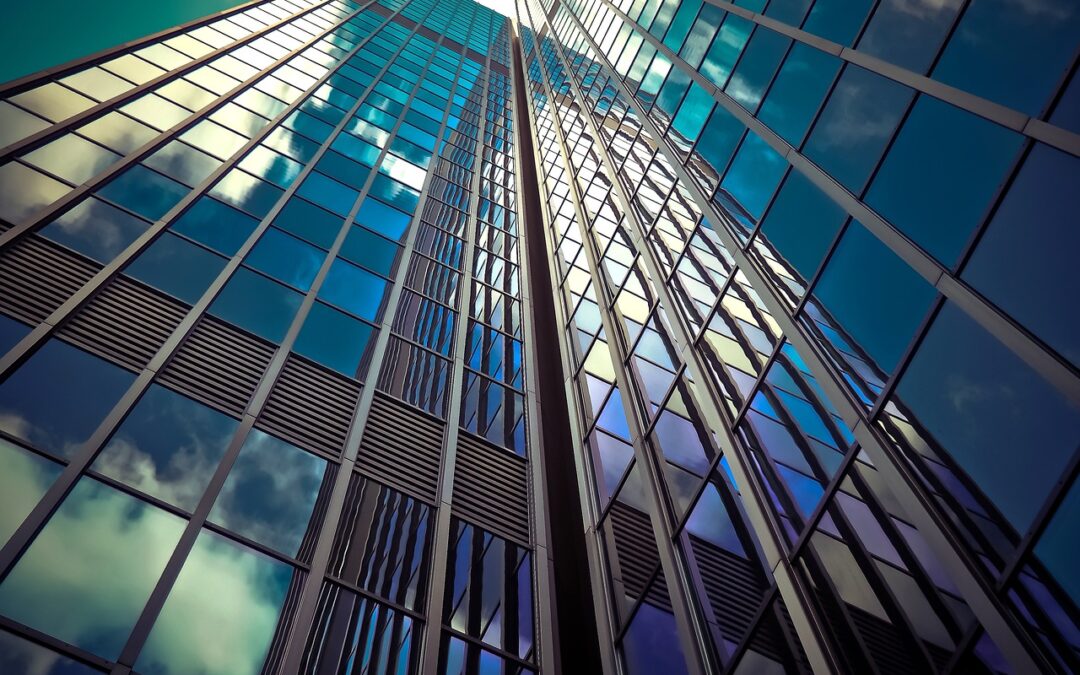Whether rubber flooring in a building is worth the investment depends on various factors such as the specific needs of the building occupants, the intended use of the space, the budget, and long-term considerations. Here are some points to consider when evaluating the investment in rubber flooring:
- Safety: Rubberized flooring offers slip resistance and shock absorption, making it a safe choice for areas with high foot traffic or where falls are a concern, such as play areas, gyms, or healthcare facilities. If safety is a priority, the investment in rubber flooring may be justified to prevent accidents and injuries.
- Durability: Rubber flooring is known for its durability and resistance to wear and tear. It can withstand heavy foot traffic, furniture movement, and equipment use, making it suitable for high-traffic areas or commercial settings. If the building requires flooring that will last for many years with minimal maintenance, rubber flooring could be a worthwhile investment.
- Maintenance: These floors are easy to clean and maintain, requiring simple mopping or sweeping to keep it looking new. If the building manager seeks low-maintenance flooring that can save time and effort on cleaning and upkeep, rubber flooring may offer long-term cost savings.
- Comfort: Rubberized flooring provides a cushioned surface that is comfortable to stand, walk, or play on, making it suitable for areas where occupants spend long periods, such as gyms, play areas, or workplaces. If occupant comfort is a priority, investing in rubber flooring could improve satisfaction and productivity.
- Versatility: Rubberized flooring comes in various colors, patterns, and thicknesses, allowing for customization to suit different aesthetic preferences and functional needs. If the building manager seeks flooring that can enhance the design and functionality of different spaces within the building, rubber flooring offers versatility and flexibility.
- Cost: While this type of flooring may have a higher upfront cost compared to other flooring options, such as carpet or vinyl, it can provide long-term value and cost savings due to its durability and low maintenance requirements. Building managers should consider the overall lifecycle cost of the flooring when evaluating the investment.
Ultimately, whether rubberized flooring in a building is worth the investment depends on weighing the benefits it offers against the specific needs, priorities, and budget constraints of the building owner or manager. Consulting with flooring experts and considering the unique requirements of the building and its occupants can help make an informed decision.

